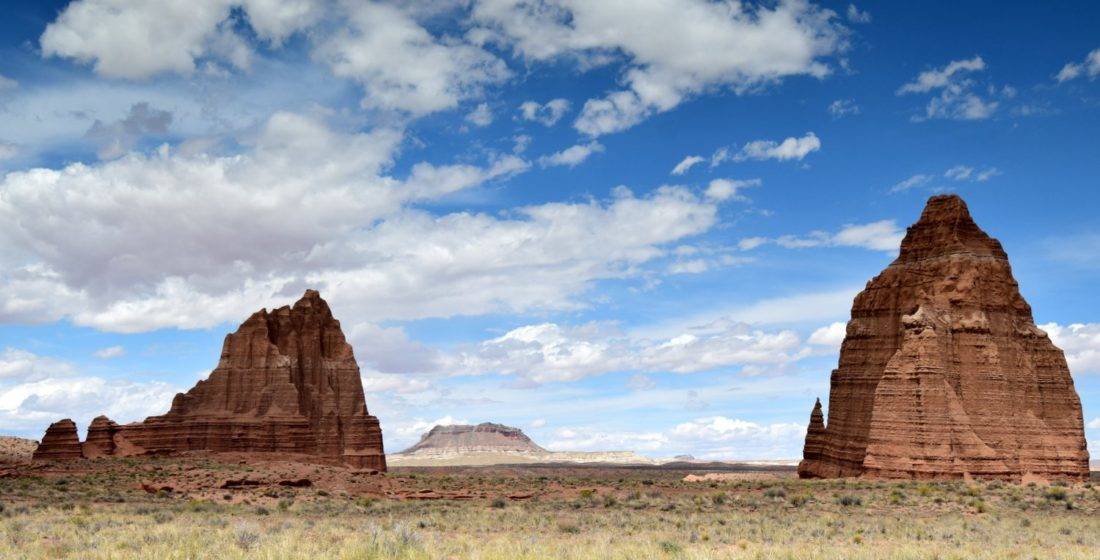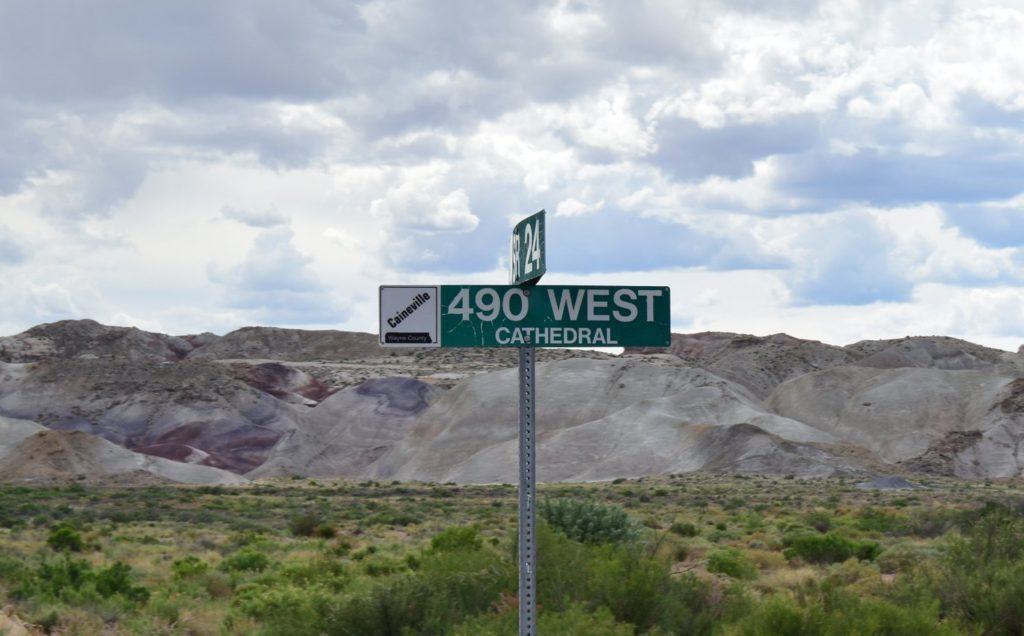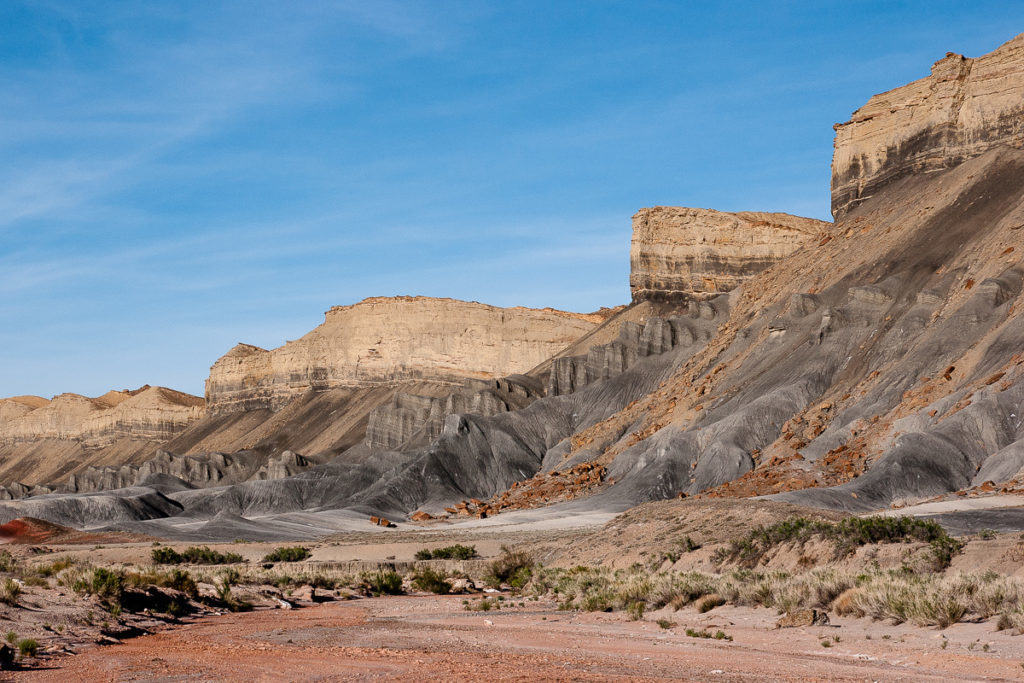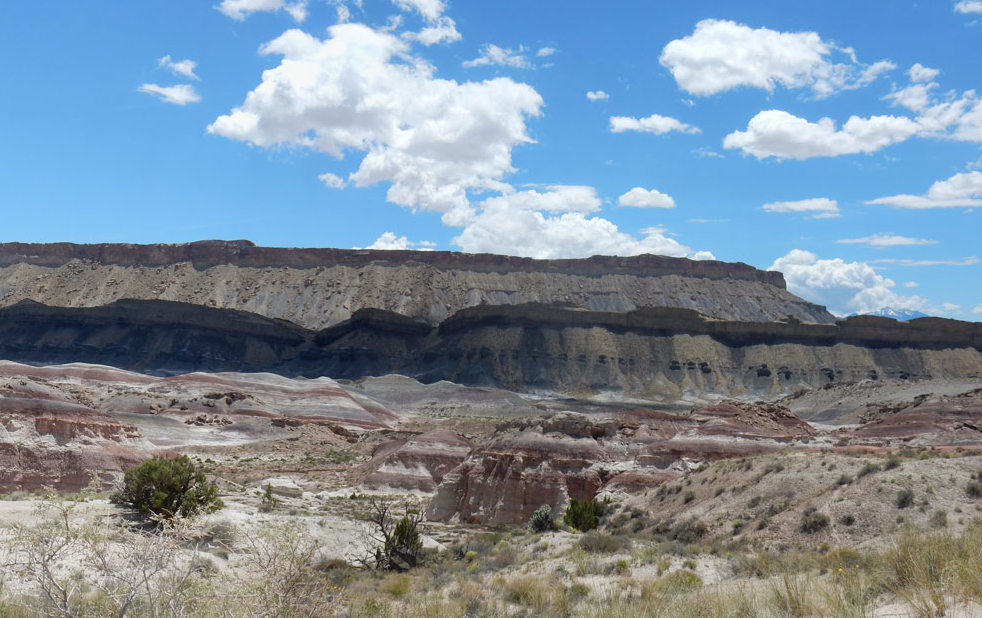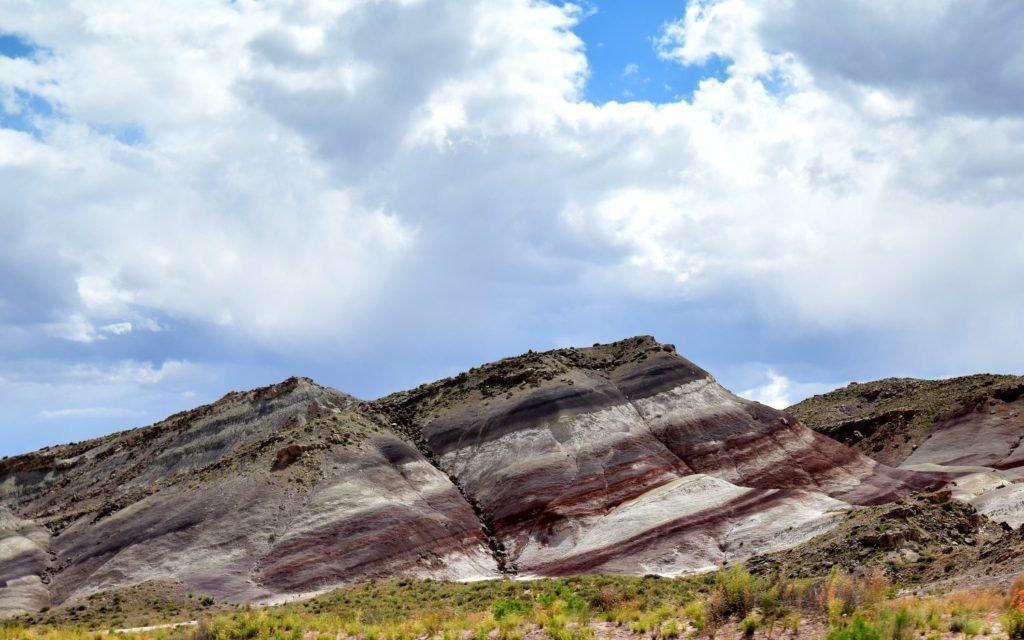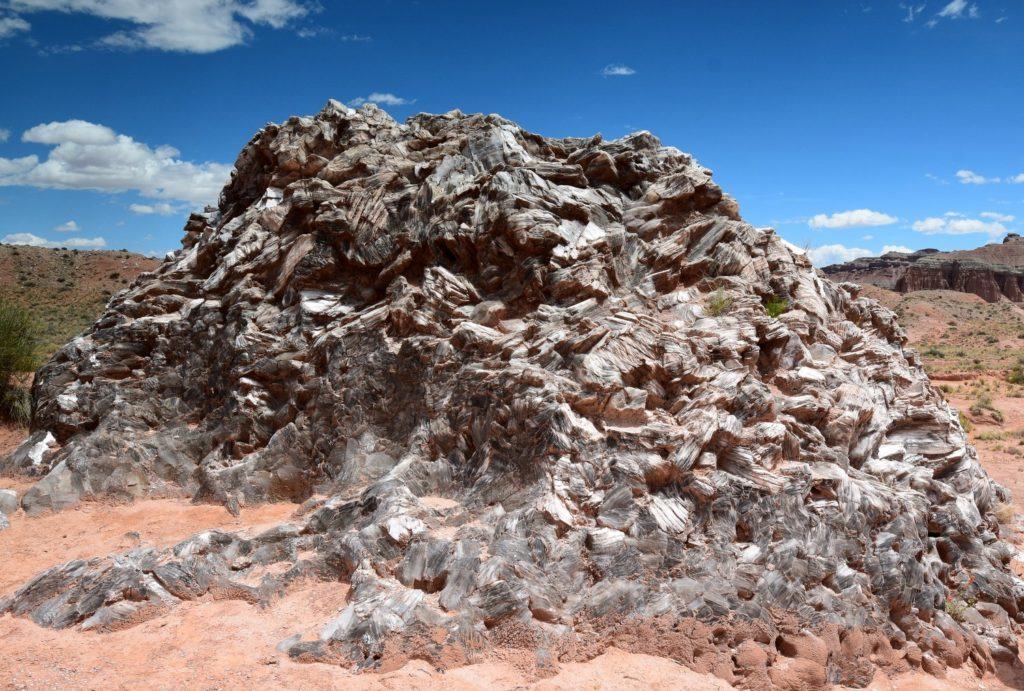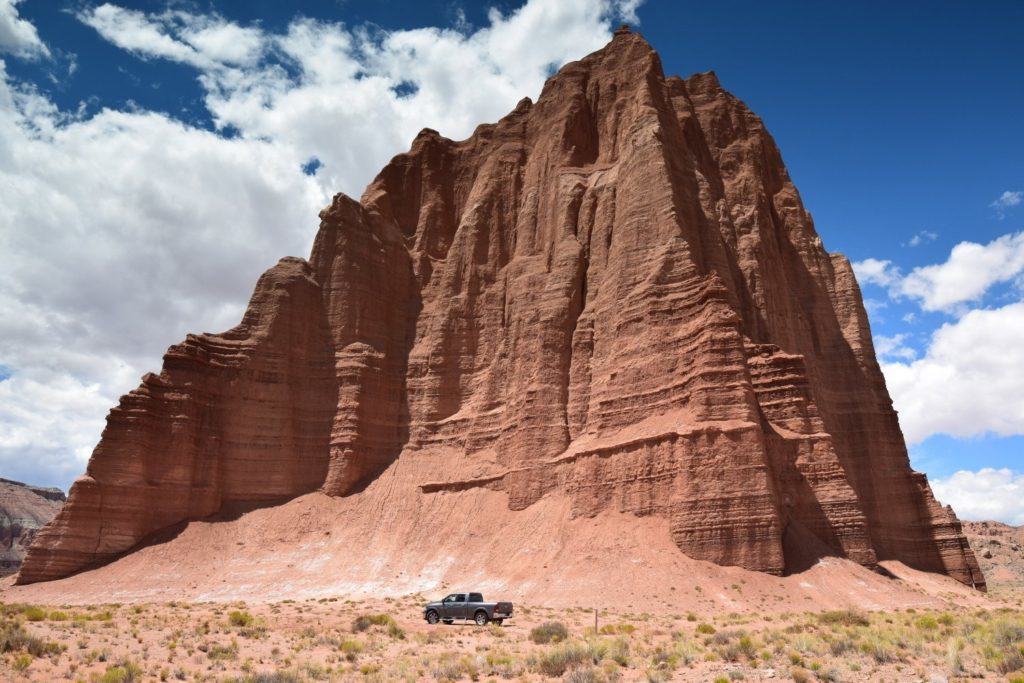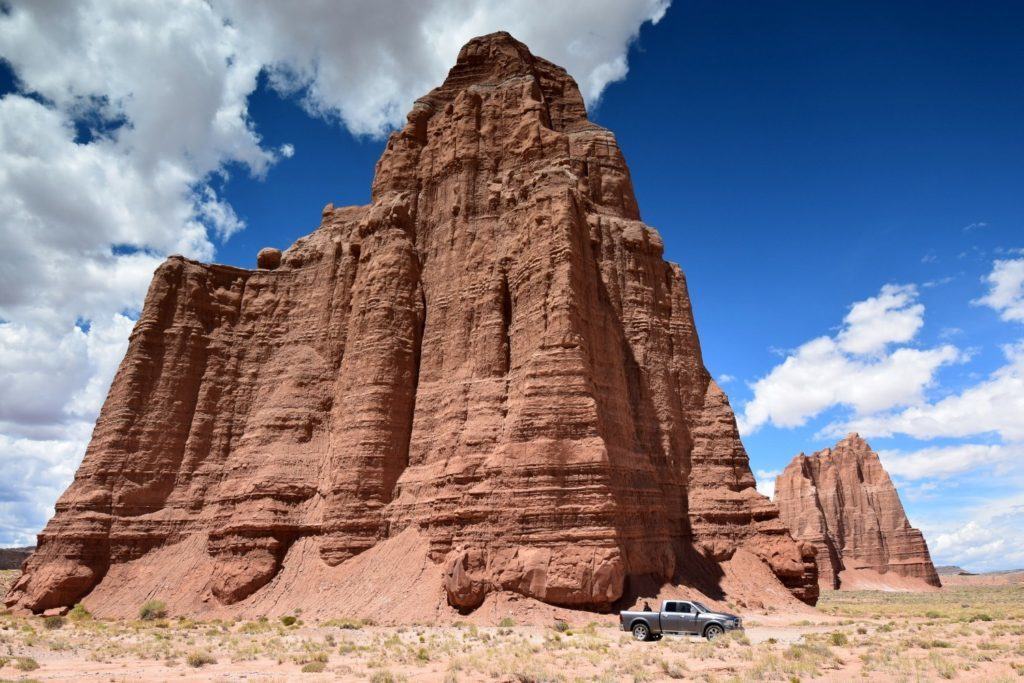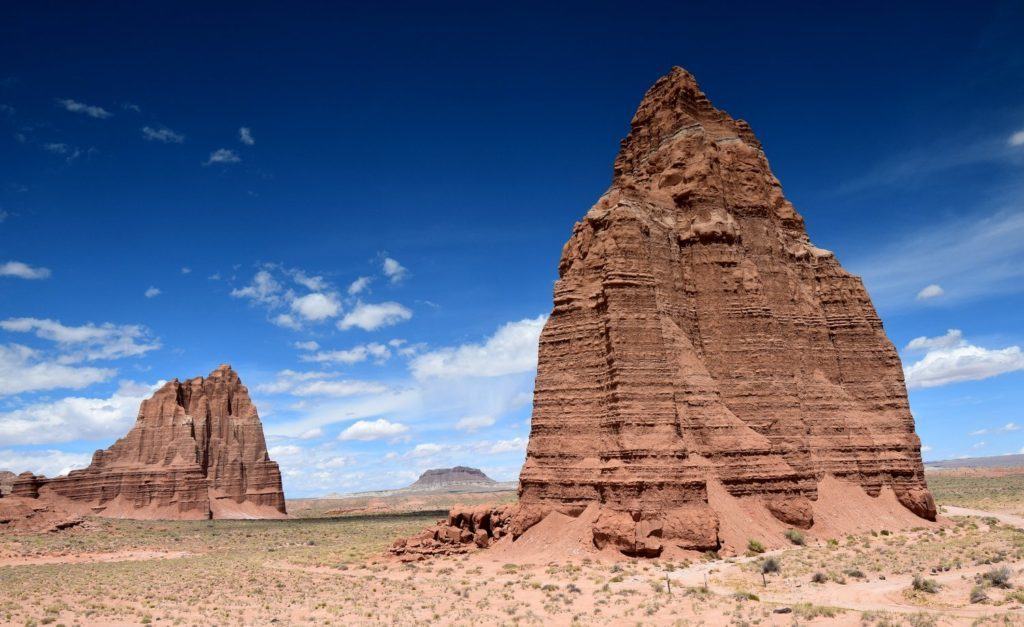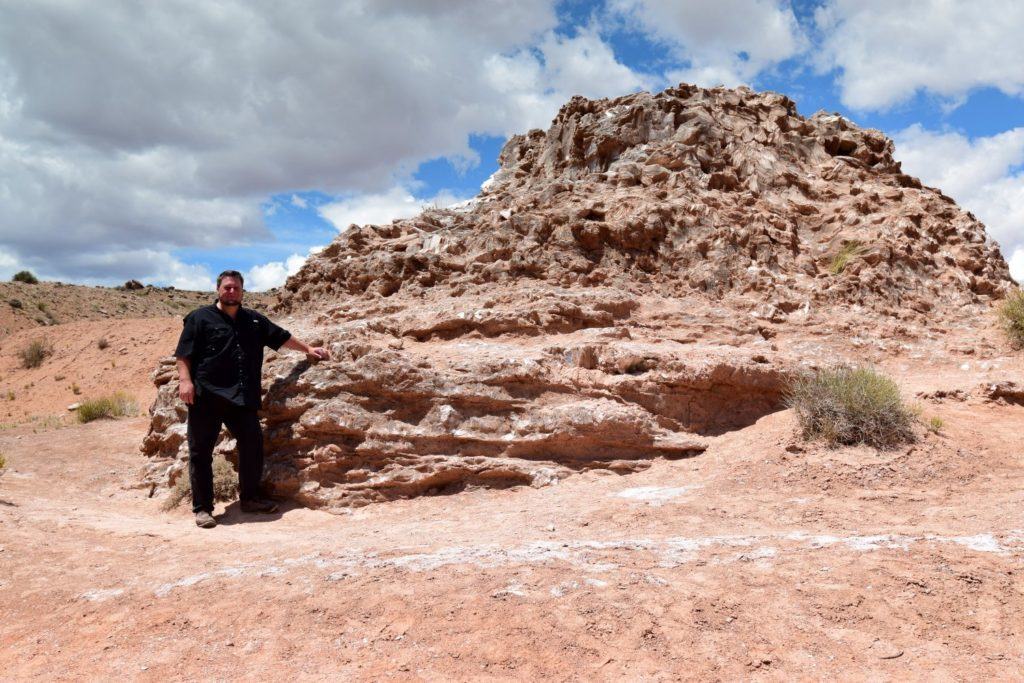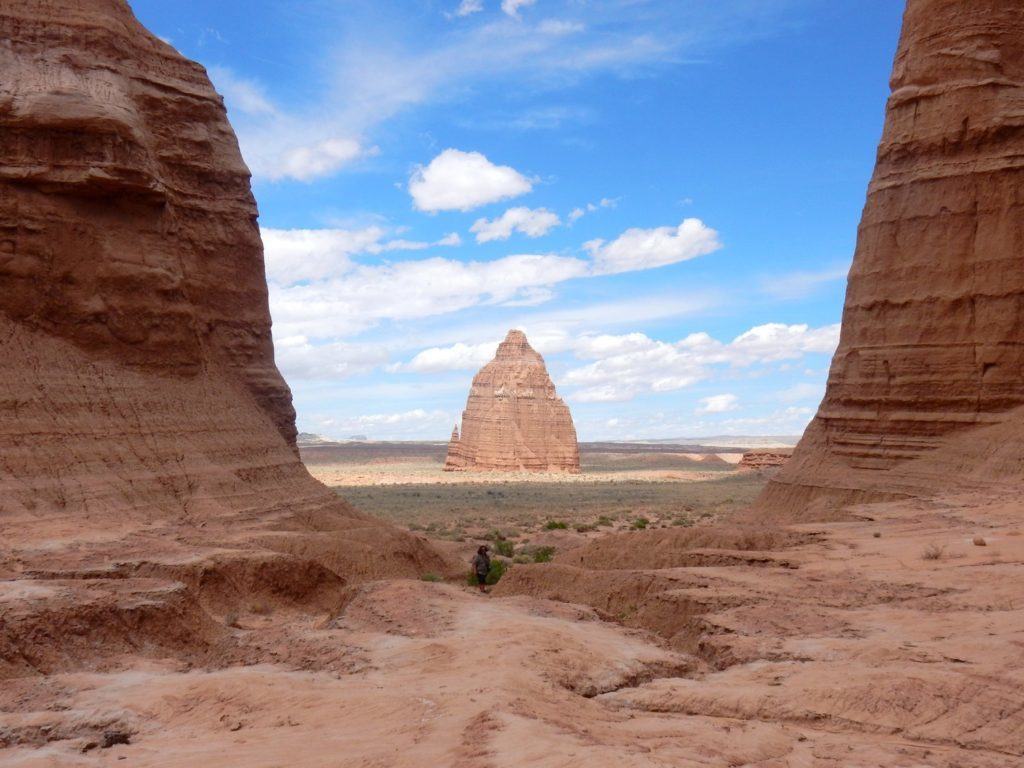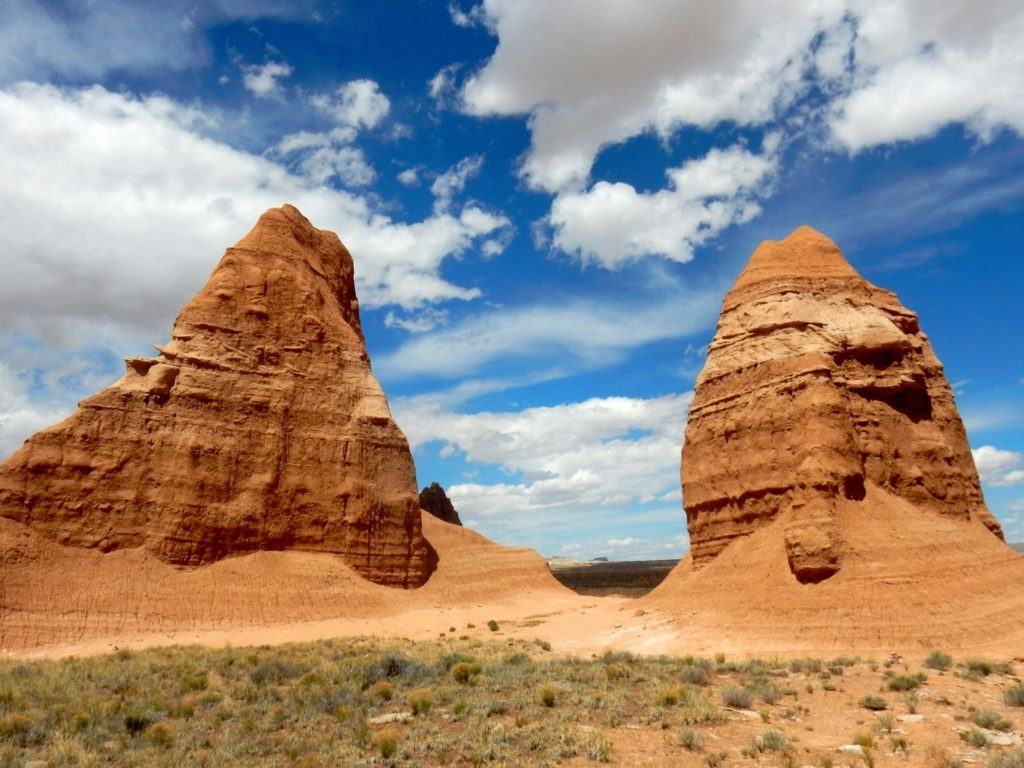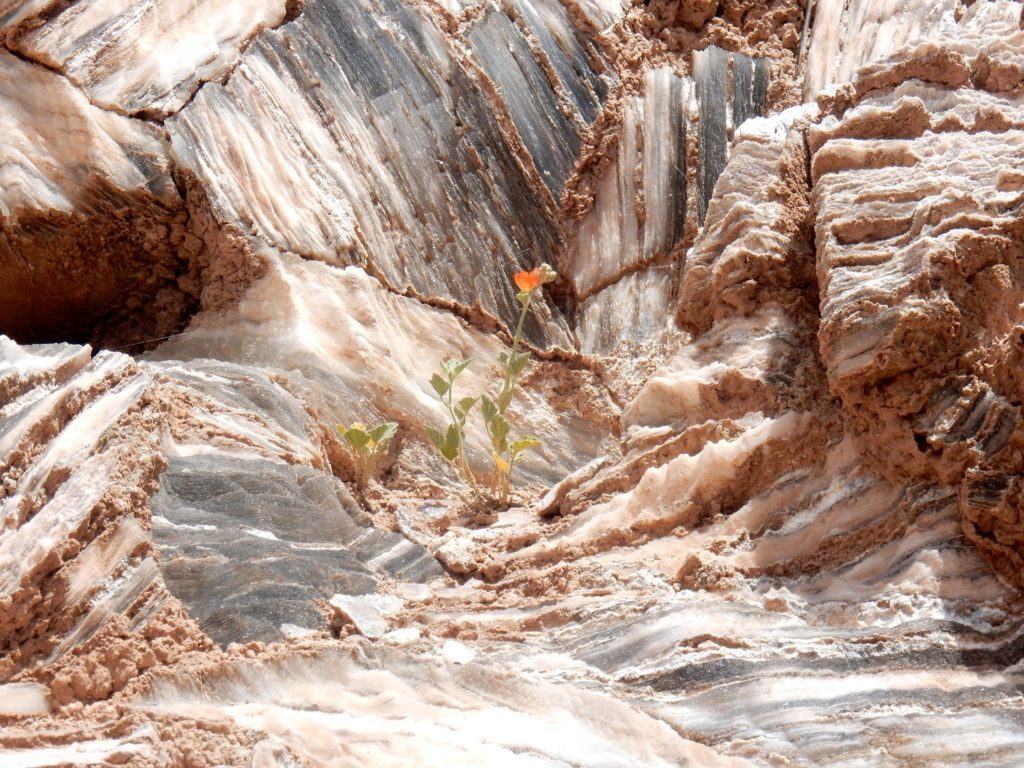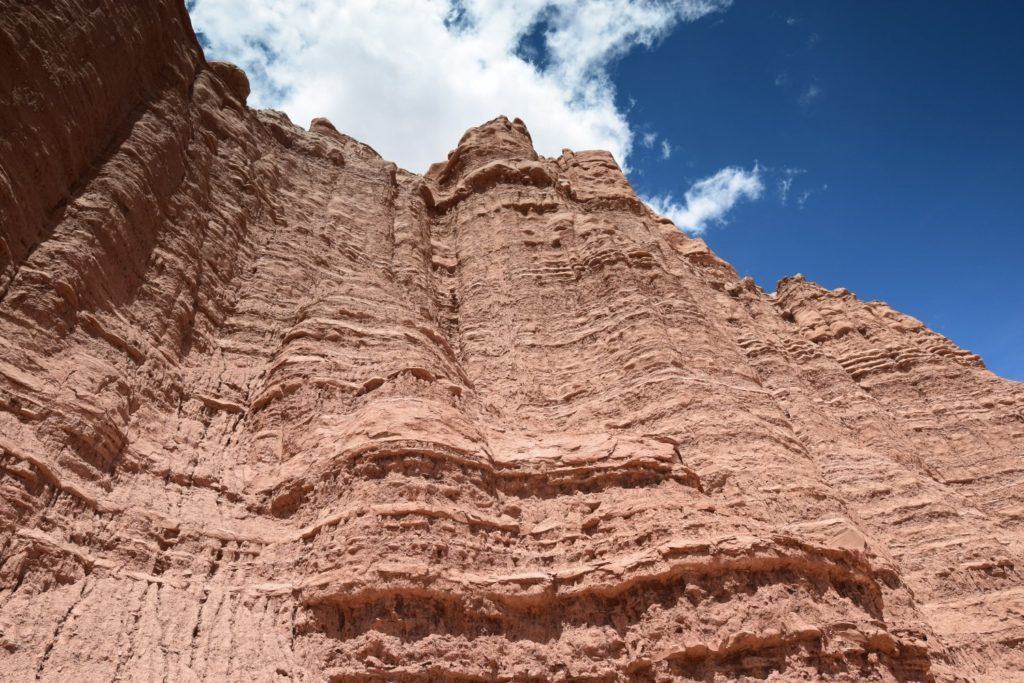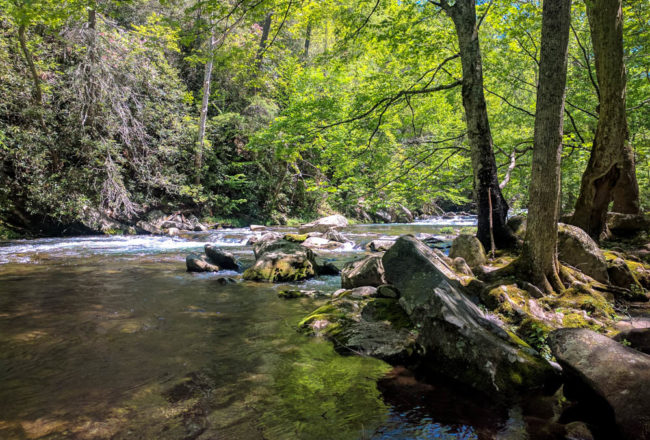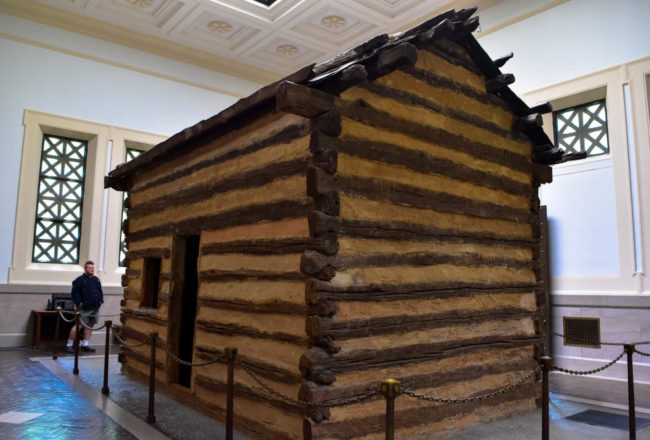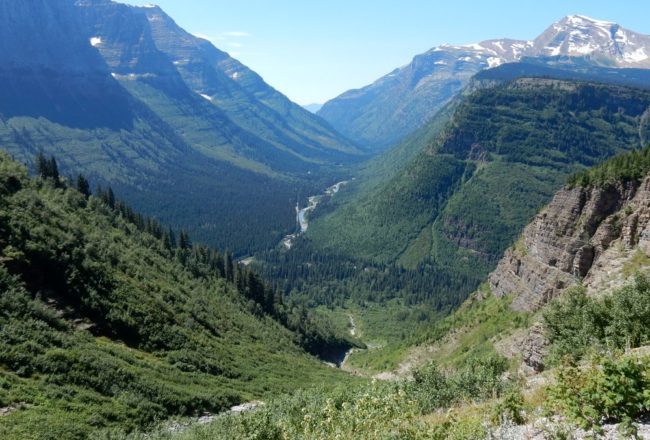The best way to visit Capitol Reef National Park is via long road trips on dusty dirt roads, some requiring 4 wheel drive and possibly high clearance. Lower Cathedral Valley is one of those remote locations where the effort is duly rewarded in the form of dazzling and other-worldly monoliths. We only had time to visit four sites that day: Temple of the Sun, Temple of the Moon, Temple of the Stars, and Glass Mountain.
Cathedral Road
The best road to this site starts outside Capitol Reef National Park, but still within land controlled by the Bureau of Land Management. Once called Cainville Wash Road, the dirt route is now officially called 490 West, Cathedral Road and is accessible via Utah State Route 24, about 19 miles east of the Visitor’s Center.
We first checked with the rangers at the visitor center before heading out. The dirt road can get dangerous during rainy weather since it crosses several washes that are prone to flash flooding. Having been on the road, I cannot stress well enough that you should have high clearance and 4-wheel drive. If it is been raining the day before or the day after, wait a few days before going. Some of the areas we encountered looked as if you could get your vehicle stuck in the mud.
Cathedral Road, combined with Hartnet Road, creates a 58-mile dirt road loop. I had considered taking the full loop for our adventure, but there is a portion of Hartnet Road where you have to ford the Fremont River. Having seen the river swell to surprising level in a few hours the previous day, I didn’t want to risk our truck. Maybe another day.
On our way to this road, we blew right past it, overshot as far as Hanksville. It’s easy to miss and not well marked, you wouldn’t even know you could access Cathedral Valley from this road.
The first leg of the drive runs sandwiched between Caineville Wash and North Caineville Reef, a lengthy ridge system of unbroken cliffs. The khaki colored sandstone mesa top blends down into a stark gray of shale. I marvel at it, remembering that all of this use to be the bottom of a shallow inland sea during the Cretaceous period.
The road then twists through some boulders that remind me of the White Tanks found in Joshua Tree National Park, but they are not granite, it’s weathered sandstone. We drive past candy-striped mounds and deeper into the Middle Desert. After driving a slow 16 miles over rough road, we turn off toward the Temples which beckon us onward.
Glass Mountain
Glass Mountain really isn’t a mountain, it’s more like a mound or small hill, but that’s not its defining feature. This is a 15-foot mass of glittering selenite crystals. Crystalized gypsum deposited here over 165 million years ago as the shallow inland sea evaporated. This marvel only remains standing because its illegal (up to $2,000 and possible jail time) to harvest any natural resource from a national park. It would be otherwise reduced to flat rubble by rock collectors.
The Temples of Lower Cathedral Valley
From glass mountain, we could see all three temples. The Temple of the Sun stands as a monolithic sentinel of eroding reddish-pink Entrada Sandstone. Behind her is the Temple of the Moon, equally awe-inspiring, although dwarfed by only distance. Further away is the Temple of the Stars, which use to be accessible by car but now can only be reached on foot via a wash.
We drive up to the Temple of the Sun and marvel upward at the looming mass of earth. This place is so remote I feel like we are her sole worshipers, come to her after a long pilgrimage.
The drive to the Temple of the Moon is a short one, and we park at near the base. As we wander toward the Temple of the Stars, I notice that the wash we’re talking on is littered with all sorts of geological curiosities, such as pieces petrified wood, fragments of agate, and rounded pieces of jasper. I stop to look but put it back where I found them. I want to protect this wonderful park.
In other areas of Capitol Reef National Park, many cathedrals are protected from large-scale erosion by a weather-resistant cap rock of the Curtis Formation. However, in Lower Cathedral Valley, the Curtis Formation has been removed, resulting in the steeple-shaped appearance of the monoliths.
I can imagine Lower Cathedral Valley in bathed in the incandescent light of sunset or sunrise. Maybe a coyote howling in celebration. I suddenly realize that want to return to this sacred place again.
